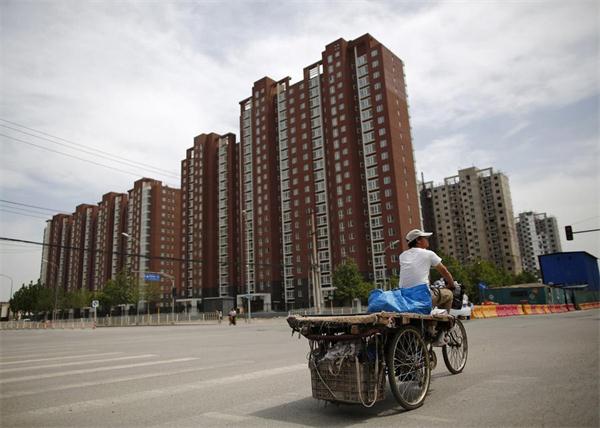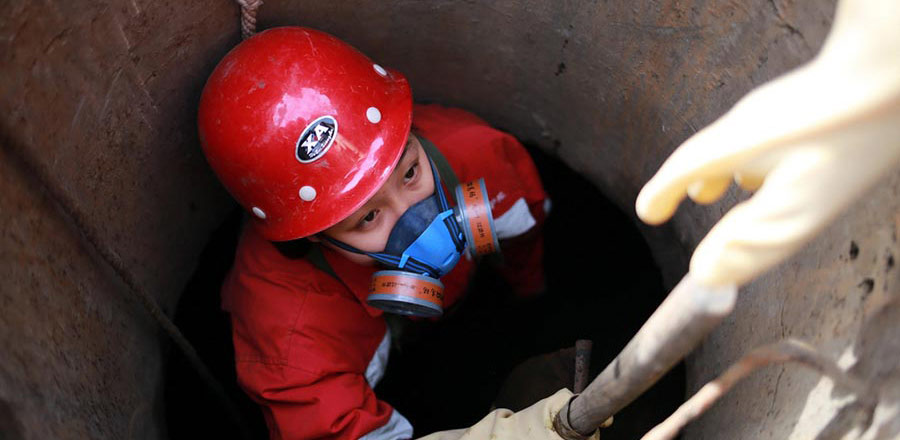Property investments most profitable in past decade
Updated: 2016-03-08 10:59
By Ma Chi(chinadaily.com.cn)
|
||||||||
 |
|
A garbage collector rides his tricycle as he looks for recyclable items on the streets of Beijing May 26, 2014. [Photo/Agencies] |
Real estate has been the most profitable area for investment over the past decade as housing prices in metropolises soared, according to a new survey.
The housing prices of Beijing rose from an average of 7,300 yuan ($1,122) per square meter to 35,000 yuan ($5,380) over the past decade, and prices in Shanghai rose from an average of 7,000 yuan per square meter to 39,000 yuan.
During the same period, the yearly per capita expenditure of Chinese residents rose from 6,400 yuan to 17,800 yuan, an increase of less than two times, according to the survey conducted by China Central Television along with National Bureau of Statistics and China Post Group Corporation.
A total of 100,000 households in 31 provinces, autonomous regions and municipalities were surveyed on their decisions in spending and investment as well as their concerns.
Although the "golden era" of the real estate market has drawn to an end, the market will not cool down in years to come, especially in first-tier cities, said Jia Kang, a former director of the Ministry of Finance's Research Institute of Fiscal Science.
In terms of household spending in the past decade, nearly one third of Chinese families' money went into savings, followed by residential property (28 percent) and insurance (24 percent), and only five percent were spent on securities investment.
While property has been the most profitable investment area in the past decade, the investment preference is expected to change as 27 percent of respondents said they prefer to invest in insurance in 2016, followed by stocks and financial products, with property the fifth on the list.
In terms of concerns, the survey suggests, income remains the biggest concern of Chinese people in the past year, followed by elderly care and health services.

 Women in workplace 100 years ago
Women in workplace 100 years ago
 Foreign Minister Wang Yi meets the press
Foreign Minister Wang Yi meets the press
 Women who work underground to keep city clean
Women who work underground to keep city clean
 Students in traditional dresses celebrate Women's Day
Students in traditional dresses celebrate Women's Day
 'She' in China
'She' in China
 Temple fair with 700 years history staged in Henan
Temple fair with 700 years history staged in Henan
 World in photos: Feb 29 - Mar 6
World in photos: Feb 29 - Mar 6
 International status is rising
International status is rising
Most Viewed
Editor's Picks

|
|
|

|
|
|
Today's Top News
What ends Jeb Bush's White House hopes
Investigation for Nicolas's campaign
Will US-ASEAN meeting be good for region?
Accentuate the positive in Sino-US relations
Dangerous games on peninsula will have no winner
National Art Museum showing 400 puppets in new exhibition
Finest Chinese porcelains expected to fetch over $28 million
Monkey portraits by Chinese ink painting masters
US Weekly

|

|








